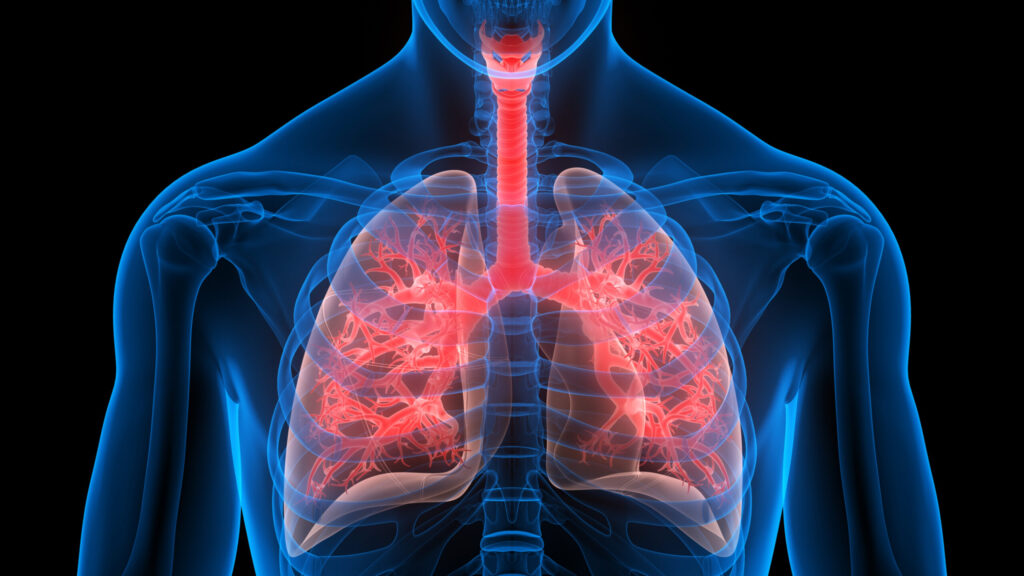Every breath depends on the delicate air sacs of the lungs—the alveoli—where oxygen enters the bloodstream. These sacs are lined by two cell types: flat alveolar type 1 (AT1) cells that exchange gases, and cuboidal alveolar type 2 (AT2) cells that both secrete surfactant to keep lungs open and act as stem-like cells for regeneration.
When the lungs are injured by infection, smoke, or chronic disease, AT2 cells must switch into a repair mode and replace damaged AT1 cells. But during infection, they also mount immune defenses. Understanding how these competing roles are balanced has long been a mystery.
Mapping how lung stem cells “decide”
In their new study published in Nature Communications, Douglas Brownfield, PhD, and colleagues at Mayo Clinic used single-cell sequencing, advanced imaging, and mouse injury models to track AT2 cells from development through adulthood.
They found that young AT2 cells retain a short “window of plasticity”—about one to two weeks after birth—during which they can flexibly become AT1 cells for repair. As lungs mature, a transcription factor called C/EBPα locks AT2 cells into their specialized role, shutting off this regenerative potential.
The researchers discovered that C/EBPα partners with two other regulators, PRC2 and DLK1, to form a molecular “pulse generator.” This circuit determines when AT2 cells lose or regain their stem-like properties. When injury strikes in adult lungs, AT2 cells must temporarily release this molecular clamp to regenerate.
One switch, two fates
The same genetic network also guides whether AT2 cells focus on repair or defense. When C/EBPα is suppressed, AT2 cells can re-enter a regenerative state, but if inflammatory signals such as interferons dominate, they instead adopt a “defender” program to fight pathogens.
That explains a long-standing clinical observation: severe infections—including influenza and COVID-19—can stall lung healing by keeping AT2 cells in defense mode.
Implications for regenerative medicine
By identifying the precise factors that toggle AT2 behavior, this work provides a blueprint for regenerative lung therapies. Drugs or gene-based treatments that modulate C/EBPα or PRC2 activity could help reactivate repair pathways in conditions like pulmonary fibrosis or COPD, where the lungs fail to rebuild damaged tissue.
“When we think about lung repair, it’s not just about turning things on—it’s about removing the clamps that normally keep these cells from acting like stem cells,” explained Brownfield. “We discovered one of those clamps and how it times the ability of these cells to repair.”
From discovery to application
The study also supports Mayo Clinic’s Genesis and Precure initiatives, which focus on preventing organ failure and detecting disease before it becomes irreversible. The team is now testing ways to expand human AT2 cells in culture by manipulating the same molecular switch—a step toward possible cell-replacement therapies.
“This research brings us closer to being able to boost the lung’s natural repair mechanisms, offering hope for preventing or reversing conditions where currently we can only slow progression,” Brownfield concluded in a press statement.

